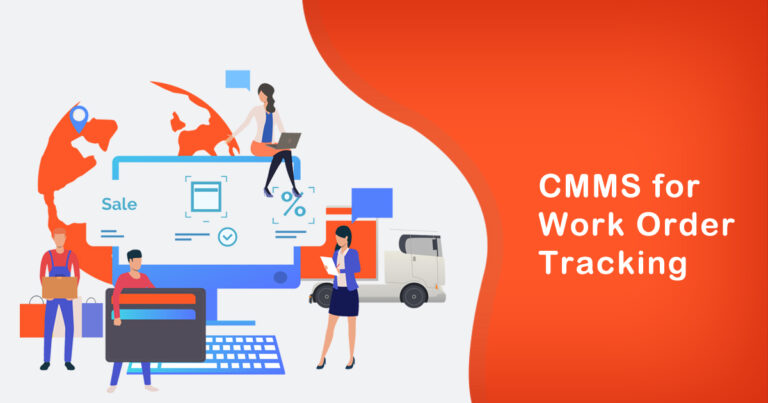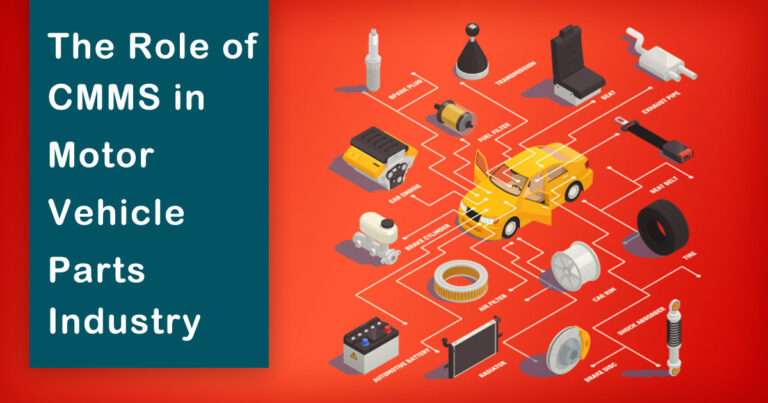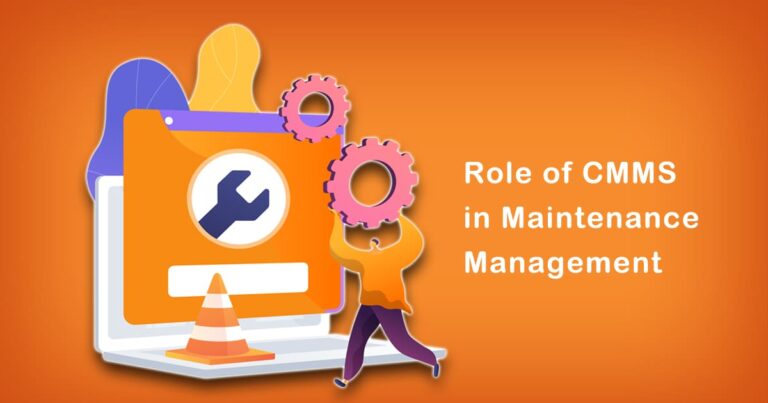Introduction:
In today’s fast-paced business environment, organizations across various industries are constantly seeking ways to improve efficiency, reduce costs, and enhance productivity. One crucial aspect of achieving these objectives is effectively managing maintenance operations. In recent years, the use of Computerized Maintenance Management Systems (CMMS) has gained significant popularity due to their ability to streamline maintenance processes and maximize operational opportunities. In this article, we will delve into the benefits of using a CMMS for opportunity maintenance, with a specific focus on the Indian context.
1. Improved Asset Performance:
A CMMS enables organizations to track and manage their assets more effectively. By utilizing features such as asset tracking, preventive maintenance scheduling, and real-time monitoring, businesses can minimize downtime and optimize asset performance. In the Indian context, where equipment downtime can significantly impact production and operational costs, a CMMS proves invaluable in ensuring timely maintenance and reducing the risk of unexpected breakdowns.
2. Enhanced Workforce Efficiency:
With a CMMS, organizations can automate various maintenance processes, including work order generation, task assignment, and resource allocation. By eliminating manual paperwork and streamlining workflows, the system empowers maintenance teams to work more efficiently, reducing administrative burdens and allowing them to focus on critical maintenance tasks. This efficiency gain is particularly beneficial in India, where skilled maintenance resources can be scarce, and effective utilization becomes paramount.
3. Cost Optimization:
Maintenance costs can constitute a significant portion of an organization’s expenses. By implementing a CMMS, businesses gain visibility into maintenance activities, enabling them to identify areas of improvement and optimize costs. The system provides data-driven insights into equipment performance, maintenance trends, and inventory management, allowing organizations to make informed decisions about maintenance strategies, spare parts inventory, and resource allocation. By reducing downtime, improving asset longevity, and minimizing unnecessary maintenance, businesses can achieve substantial cost savings over time.
4. Regulatory Compliance:
Complying with regulatory requirements is crucial for businesses operating in India, as non-compliance can result in severe penalties. A CMMS simplifies compliance management by providing centralized documentation storage, audit trails, and automated reporting capabilities. Organizations can track maintenance activities, generate compliance reports, and demonstrate adherence to relevant regulations easily. This not only ensures legal compliance but also facilitates efficient maintenance practices aligned with industry standards.
5. Data-Driven Decision Making:
A CMMS serves as a centralized repository of maintenance data, providing organizations with valuable insights to make data-driven decisions. By analyzing maintenance records, equipment performance, and historical trends, businesses can identify patterns, anticipate issues, and implement proactive maintenance strategies. In the Indian context, where businesses face diverse operational challenges and market dynamics, leveraging data-driven decision making through a CMMS can give organizations a competitive edge.
6. Improved Communication and Collaboration:
Effective communication and collaboration between maintenance teams, supervisors, and other stakeholders are vital for seamless maintenance operations. A CMMS facilitates streamlined communication by providing a centralized platform for work order management, task assignment, and progress tracking. Notifications, alerts, and mobile accessibility enable real-time updates and seamless collaboration, fostering a culture of transparency and accountability among team members.
Conclusion:
The adoption of a CMMS for opportunity maintenance offers numerous benefits to organizations in the Indian context. From optimizing asset performance and workforce efficiency to reducing costs and ensuring regulatory compliance, a CMMS empowers businesses with the tools to achieve operational excellence. By harnessing data-driven insights and streamlining maintenance processes, organizations can unlock their true potential, improve productivity, and gain a competitive advantage in today’s dynamic business landscape.








